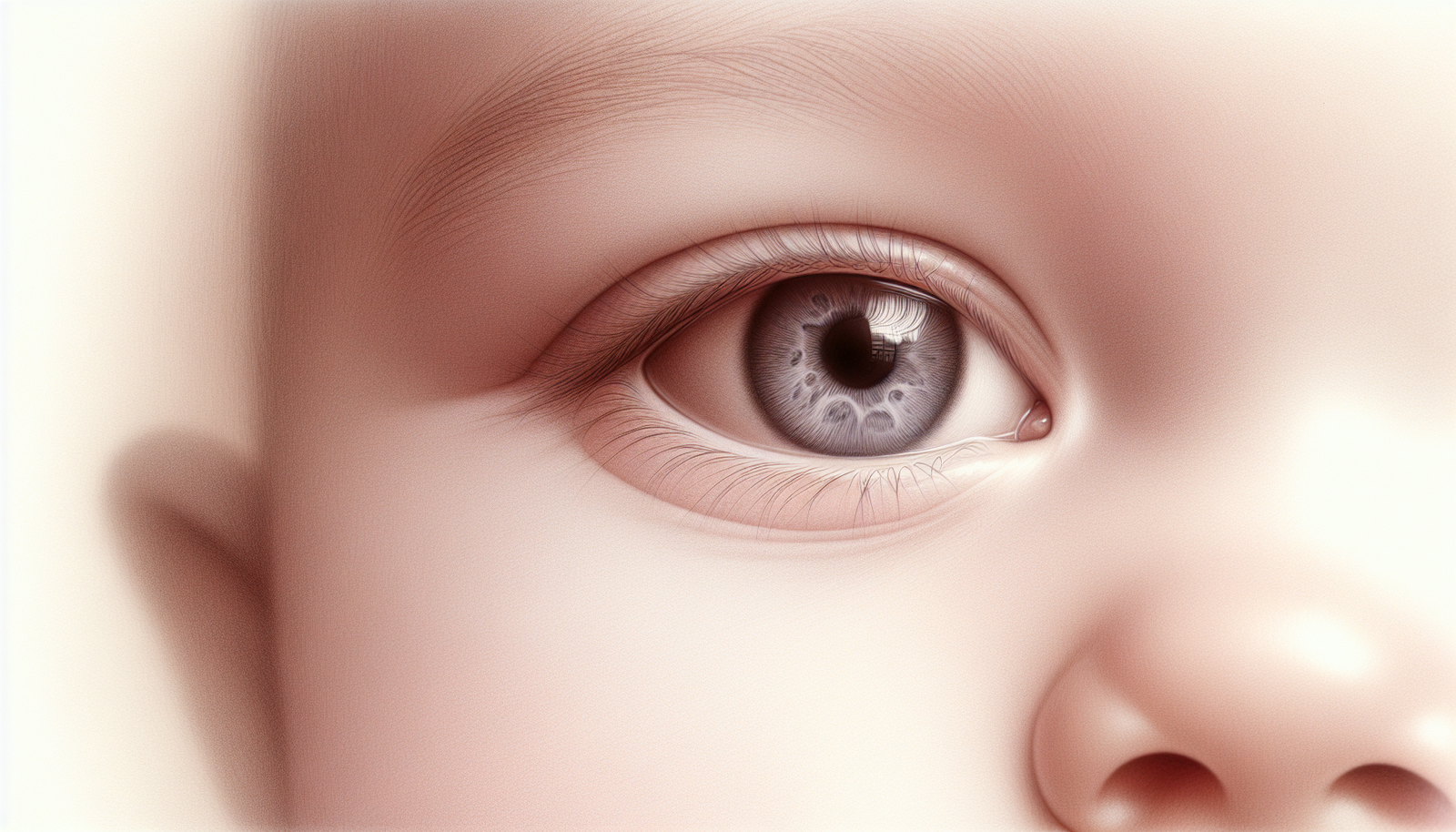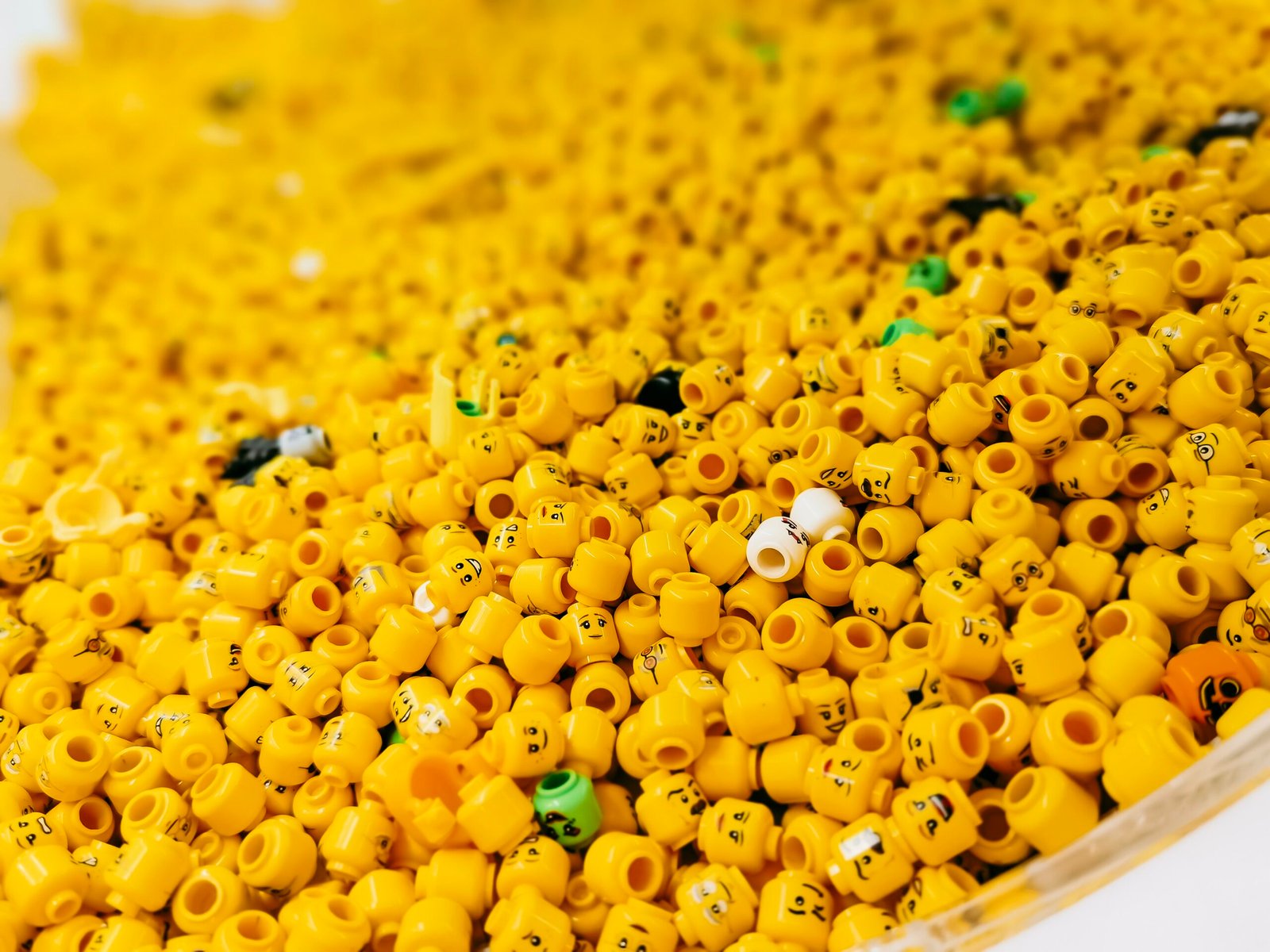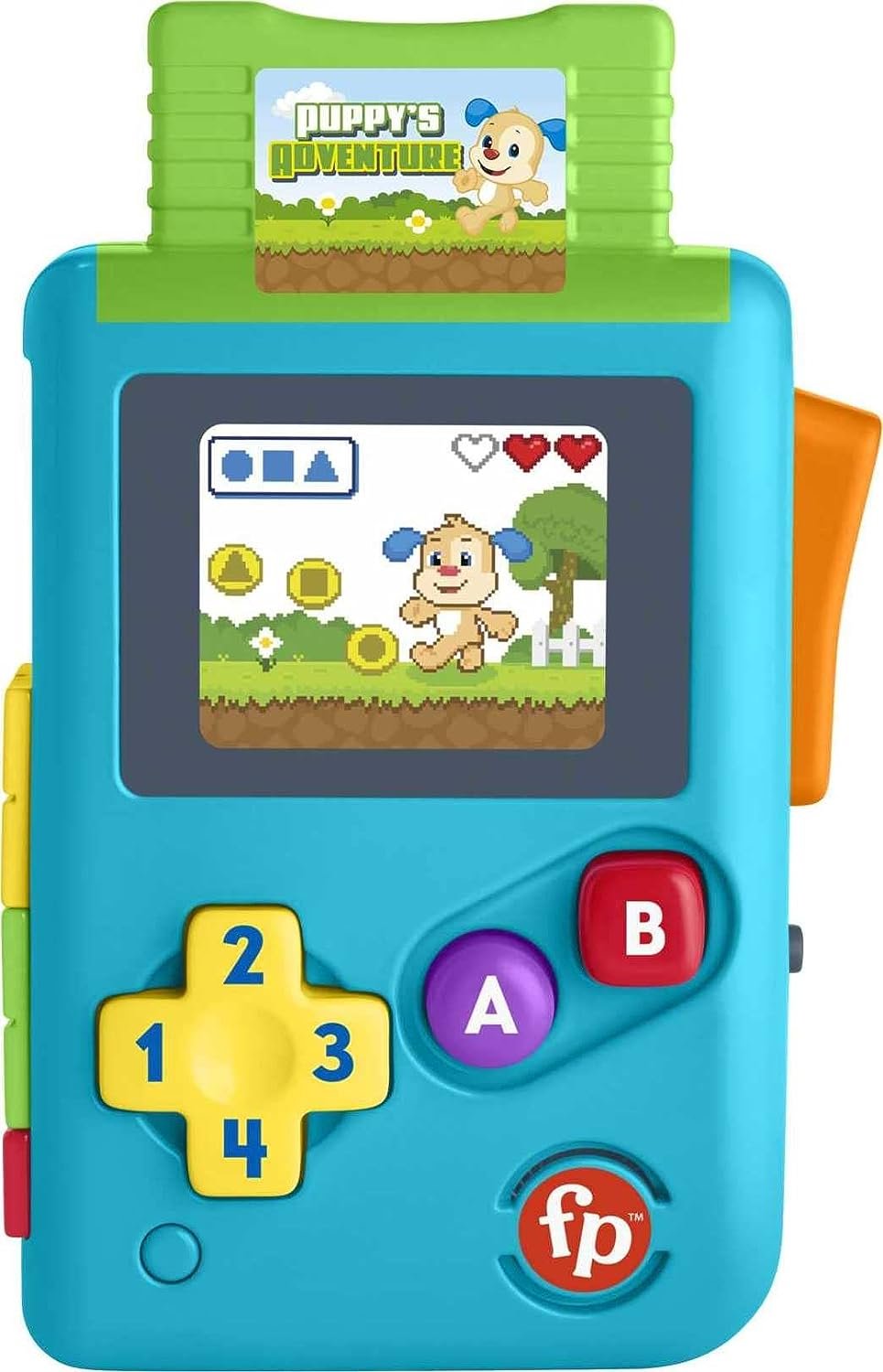“A Guide to Choosing Age-Appropriate Baby Toys” is a comprehensive article that offers valuable guidance to parents seeking to select the most suitable toys for their infants. With a strong emphasis on considering a baby’s age and developmental stage, the article explores various recommendations for different age groups. From newborns who benefit from caregiver interactions rather than toys, to older infants who thrive on sensory stimulation and problem-solving opportunities, the article covers a range of important considerations. Additionally, it highlights the significance of safety in toy selection, encourages parents to observe their baby’s preferences and reactions, and advocates for limiting screen time and respecting individual developmental schedules. With its informative and practical content, this article provides a valuable resource for parents seeking the best toys for their babies‘ growth and development.
Factors to Consider
When choosing toys for babies, there are several factors that parents should consider to ensure appropriate and safe play experiences. These factors include the baby’s age and development stage, safety considerations, and the baby’s individual preferences. By taking these factors into account, parents can select toys that are not only engaging but also promote their baby’s growth and development.
Age and Development Stage
A crucial factor to consider when choosing baby toys is the age and development stage of the child. Age-appropriate toys are designed to align with a baby’s developmental milestones and provide suitable stimulation. Different age groups have distinct needs and abilities, so selecting toys specifically designed for their stage of development is essential.

Safety
Safety should always be a top priority when it comes to choosing baby toys. Babies are curious and tend to explore their surroundings by putting objects in their mouths, which is why it is crucial to ensure that toys are safe and free from any potential hazards. Parents should carefully examine toys for sharp edges, small parts that could be a choking hazard, and toxic materials. Opting for toys that meet safety standards and guidelines will provide peace of mind and minimize the risk of accidents or injuries.

Baby’s Preferences
Each baby is unique and has their own preferences when it comes to toys. It is important for parents to consider their baby’s interests and reactions to different types of toys. Some babies may be more drawn to bright colors and sounds, while others may prefer toys with different textures or shapes. By observing their baby’s preferences, parents can select toys that will captivate their attention and provide optimal enjoyment.
Newborns (0-2 months)
During the newborn stage, babies are still adjusting to the world around them and are primarily focused on their basic needs and building a bond with their caregivers. At this stage, toys are not necessary for their development as they primarily seek interaction and comfort from their caregivers. The main focus during these early months should be caregiver interaction, such as talking, singing, and gentle physical touch.
2-3 Months
As babies enter the 2-3 month stage, they start to become more aware of their surroundings and actively engage with their hands and fingers. During this period, toys that encourage the discovery and exploration of their hands are ideal. Soft rattles or toys that make noise when shaken can be fascinating for babies at this stage. It is also important to select toys that are safe and easy for the baby to hold and play with, as their fine motor skills are still developing.
3-6 Months
Between 3 and 6 months, babies start to explore their senses more actively and develop their hand-eye coordination. Toys with different shapes, textures, and sounds can provide a great sensory experience for babies at this stage. Soft plush toys, textured toys, and toys that make crinkling sounds are excellent options. Additionally, teething rings can serve a dual purpose as both a sensory toy and a soothing tool for babies who are beginning to teethe.
6-12 Months
During the 6-12 month stage, babies go through significant developmental milestones. They start to develop their gross motor skills, such as sitting, crawling, and eventually walking. Toys that encourage the development of these skills are highly beneficial. Toys that mimic real-life actions, such as toy cars that move when pushed or stacking toys, can be engaging and promote the development of hand-eye coordination and problem-solving abilities.
As babies approach their first birthday, introducing educational toys becomes increasingly important. Board books with colorful pictures and interactive features can help stimulate their cognitive development and language skills. Building blocks and shape sorters can also enhance their problem-solving abilities and fine motor skills.
Importance of Safety
Ensuring the safety of baby toys is of utmost importance. Parents should carefully inspect toys for any potential hazards before introducing them to their baby. Toys should have no sharp edges that could cause injuries, and any small parts should be securely attached to prevent choking hazards. Additionally, parents should consider the materials used in the toys and opt for non-toxic options.
Observing Baby’s Preferences
Each baby has their own unique preferences and reactions to toys, and it is important for parents to observe and understand these preferences. Some babies may show a clear fascination with certain types of toys, while others may have more specific preferences for colors, sounds, or textures. By paying attention to their baby’s reactions, parents can provide toys that will engage and captivate their interest.
Limiting Screen Time
While technology can provide educational content for babies, it is important to limit screen time and prioritize real-life interactions and tactile experiences with toys. Excessive screen time can hinder a baby’s development and may lead to dependency on screens for entertainment. Instead, parents should focus on providing alternative activities that promote active engagement, such as outdoor play, reading, and creative play with toys.
Respecting Developmental Schedule
Each baby develops at their own pace, and it is important for parents to respect and not rush their baby’s developmental milestones. Not all babies will reach milestones at the same time, and pushing a baby to achieve a skill prematurely can lead to frustration and anxiety. By allowing babies to progress naturally and providing age-appropriate toys and activities, parents can support their baby’s individual developmental journey.
In conclusion, selecting age-appropriate baby toys involves considering factors such as the baby’s age and development stage, safety considerations, and the baby’s unique preferences. By providing toys that align with these factors, parents can foster their baby’s growth and development while ensuring a safe and enjoyable play experience. It is essential to prioritize caregiver interaction, observe the baby’s reactions to toys, limit screen time, and respect the baby’s individual developmental schedule. With these considerations in mind, parents can make informed decisions when selecting toys that will contribute to their baby’s overall well-being and learning.













